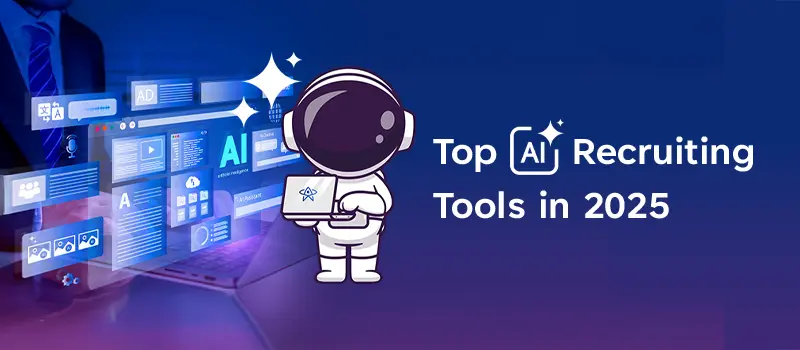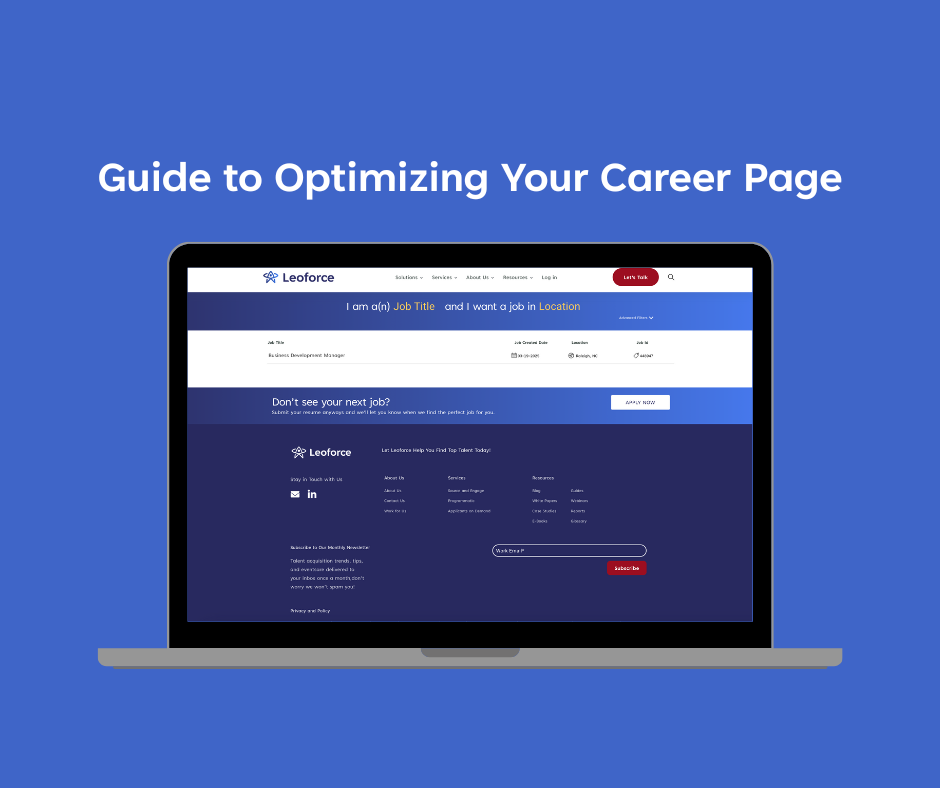What does It really cost to recruit and hire a new employee?

Cost per hire: The true cost of onboarding new talent
“Cost per hire” refers, of course, to the cost of hiring new employees. You might not think hiring new team members is an expensive process, but it can be. Some of the associated costs are obvious, while others aren’t quite so clear.
Your organization is smart to consider and calculate the average cost of hiring a person at the outset. It can affect your decisions about where and how much to invest in recruiting efforts, and it gives you an estimation of what it will cost to fill key positions.
How to calculate cost per hire
According to a recent survey conducted by the Society for Human Resource Management (SHRM), the average cost per hire is just over $4,000.
Of course, various factors can skew that number, such as your hiring volume. The more people you hire, the lower your cost per hire will be. You can spread your fixed hiring costs over a larger number of people.
Also, upper-level or niche positions can take more time to fill, so the accrued costs of that extended process may result in a higher cost per hire.
Depending on your company size and the positions you’re looking to fill, a good cost-per-hire range is somewhere between $3,000 and $5,000.
Here’s how to calculate the standard cost-per-hire:
Cost Per Hire= (Internal Recruiting Costs+External Recruiting Costs)Number of Hires
In other words, if you take the sum of your internal and external recruiting costs and divide that number by the number of hires you make in a year (for example), you’ll get your annual cost per hire.
Of course, you can also look at the numbers over the course of several years to determine your average and see whether that number is going up or down.
Internal Vs. External recruiting costs
Internal costs
Internal costs are organizational costs and internal expenses related to recruitment and staffing activities. These include:
- Cost of recruiting/sourcing staff: Salary, performance bonuses, and benefits for your sourcing/recruitment staff
- Compliance costs: Expenses associated with monitoring and processing the legal documents, procedural documents, etc. needed for compliance
- Non-labor office costs: Expenses associated with supporting the recruitment effort, including office equipment, rent, etc.
- Learning and development: Expenses associated with training and onboarding new hires
- Secondary management costs: Any time your hiring manager spends away from their regular duties to conduct interviews and other hiring tasks is a drain on normal office productivity.
External costs
External costs are the expenses paid to external vendors or individuals in support of the recruiting process. These include:
- Background checks: Criminal and educational checks, references, credit checks, eligibility to work, immigration status, etc.
- Pre-screening expenses: Costs related to ascertaining whether the candidate meets organizational recruitment criteria (e.g., assessments, tests, automated interviews)
- Sourcing expenses: Purchase of information databases, professional association memberships, and other third-party tools (such as a presence at job fairs) that provide you with sources or candidates
- Technological expenses: Costs associated with recruitment technology (applicant tracking systems, application processing systems, systems maintenance, etc.)
- Travel expenses: Flights, hotel costs, etc. for both candidates and recruiters where travel is required
- Marketing costs: Costs associated with things like social networks, SEO, website updates, and job board postings
- Referral expenses: Monetary incentive programs that encourage employee referrals
- Signing bonuses: A sum of money paid to an employee for joining the company
Replacing cost per hire
Calculating cost per hire is a key step in allocating a recruitment budget. It’s one of the many measures that can keep you from facing an unwelcome surprise when you’re going over your numbers at the end of every year.
While the numerous recruitment procedures and associated costs may be daunting at first glance, if you think about these figures and do the math, you’ll realize that spending what’s necessary to put together a strong team is worth the investment:
- A job vacancy costs, on average, about $98 per day
- It takes an average of 39 days to fill a position in the United States (and even more for high-level, C-suite positions)
If a role vacancy costs your company $98 per day, and it takes an average of 39 days to fill that position, you lose $3,822 over the course of those 39 days.
Some positions can take significantly more time to fill. So, although it may cost up to $4,000 to fill a position, you’ll easily replace that cost per hire if the employee stays with you for at least 39 days. These days, most employees stay with a company for around four years, and even longer if you’ve established a great company culture.
The pitfalls of cost per hire
With all this talk about cost per hire, you might be wondering what the cost for a bad hire is, especially if you spent $4,000 to make it happen. Unfortunately, the cost of a bad hire is $15,000 on average. For upper-level positions, it’s considerably higher.
You can make the most of your recruitment budget by avoiding the following hiring pitfalls:
- Moving too fast – don’t be in such a hurry to fill a position that you take the first person that comes along
- Passing overactive candidates in favor of passive candidates
- Discarding broadly skilled candidates in favor of specific experience
- Not hiring for culture fit
- Skipping the pre-screening step
- Not checking references
- Hiring a less-qualified candidate just to save money
Going through all the necessary steps to ensure you make a good hire keeps your cost per hire expenses down.
Want to reduce your costs of hiring new employees?
Finding the right AI technology to keep hiring costs down is essential to building a workforce that stays with you for the long run.
At Leoforce, we recognize the need for your organizations to make data-backed hiring decisions and limit the costs of recruiting. Our AI recruiting platform, Leoforce, continues to get smarter over time.
Request a personal demo of Leoforce Quantum to optimize your hiring cost efficiency with data-driven AI.





